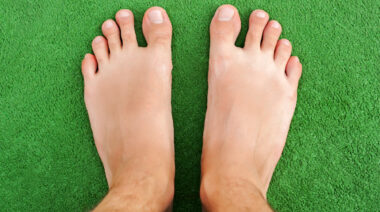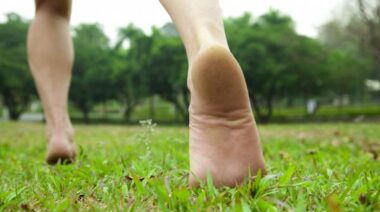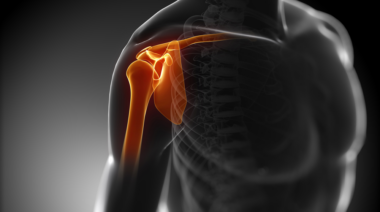What if I told you there were some things you could do today, right now even, that would make you feel and move better?Here are some of these things. Read on to learn five simple strategies to feel awesome in no time.
1. Practice Your Breathing
It seems like a simple concept, but many people spend the majority of their day breathing improperly. Poor posture and habit have made it so most people breathe predominately with their chest and not their diaphragm (it should be 70% diaphragm compared to only 30% chest).
The main function of the diaphragm is to assist with proper breathing through muscular contractions.
Here is what you need to know: by breathing properly (diaphragmatically) you are going to decrease the work involved, decrease your oxygen demand, and use less effort and energy to breathe. Even more, you will avoid recruiting accessory muscles, which will ultimately avoid muscle overuse and muscle tightness, pain, or injury.
Do you breathe properly? Let’s test and see:
- Lay on the floor with your knees bent.
- Place one hand on your stomach and one on your chest and take a deep breath.
Which hand moved? If you are using your diaphragm, the hand on your stomach should move upward (your belly expanding as you inhale). If you’re not breathing with your diaphragm, you might find the hand on your stomach actually dropped. This is not what we want.
“Soft-tissue work can be uncomfortable because of knots and adhesions present in the muscle.“
Time to Practice:
- Lay on your back in the aforementioned position.
- Take a deep breath through your nose, ensuring that your stomach moves out against your hand and the hand on your chest remains as still as possible.
- When you exhale, do so through pursed lips so the exhalation is slow and controlled, while your hand on your stomach drops.
This is diaphragmatic breathing, something you should actively concentrate on and practice daily. I also have many of my athletes’ practice this is a ninety-ninety position – where their feet are against the wall with their knees bent at ninety degrees and positioned just above their hips. This is a great position to practice breathing, especially prior to beginning a workout. Give it a try – you will feel better after.
2. Drink More Water
Most people know they should be drinking water. So I am going to focus on why you need to drink water from a pain and recovery viewpoint. If you’ve ever been to a massage therapist or physical therapist, they may have told you to drink plenty of water post session. This is also true following any soft-tissue work you do to yourself (think foam rolling). The problem is many people don’t understand the reasoning behind this coaching and don’t take it seriously. But they could feel a lot better if they heeded this simple advice.
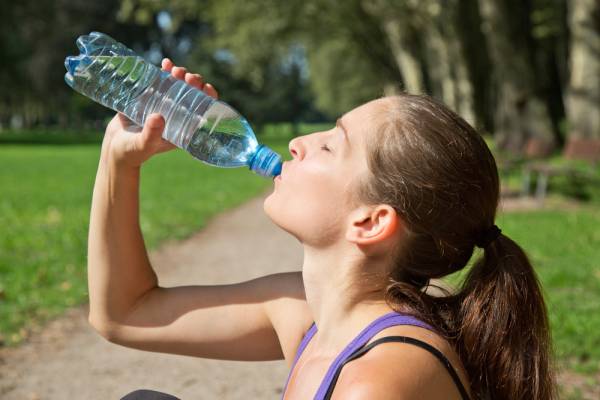
Soft-tissue work can be uncomfortable because of knots and adhesions present in the muscle. These knots and adhesions are caused by tissue being short in blood, oxygen, and nutrients, while filled with metabolic waste products. These are all things that contribute to that tight, painful feeling we all know so well. When you work on the tissue, you are getting blood flowing again. This means an increased delivery of oxygen, nutrients, and water to the muscle – all of which are good things. However, because of this, water is removed from the bloodstream to go to the muscle, meaning less water is available to the rest of you, which can lead to dehydration (not a good thing).
“The foot is an often-overlooked area when it comes to self-myofascial release or movement in general.“
At the same time your muscles are becoming more efficient at releasing any built-up metabolic wastes into your blood. This is why you may feel slightly nauseated or light-headed post treatment – another important reason to drink plenty of water to help flush out these waste products.
So, the next time your therapist tells you to drink lots of water – listen! And make sure to do so with all of your foam rolling sessions, too. You will be amazed at how much better you will feel.
3. Improve Your Posture (and Confidence)
Many people I talk to want to improve their posture. They sit at a desk most of the day and tend to slouch forward. The problem is, it takes so much conscious effort to sit better and many people struggle to do it. This is why I offer a simple strategy to help become more aware of your posture and start to change the way you hold yourself:
Every time you walk through a doorway, do a posture check. Brace your core, and bring your shoulders down and back. But don’t confuse this with sticking your chest out – that will just increase the lordosis in your lumbar spine.
Chances are you will maintain this posture for mere seconds only, quickly forgetting you have to keep your muscles engaged, distracted by your next project. But then you will soon walk through another door and do it all over again. Over time (give this a few weeks), this repetitive posture check will start to become automatic and you will find yourself walking with better posture without having to constantly remind yourself.
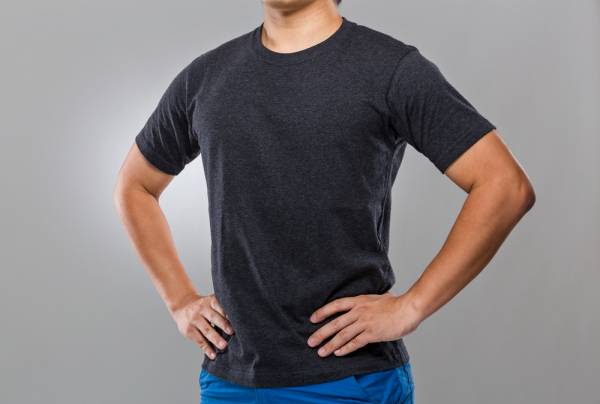
There is an added benefit to this strategy. Research has found that walking tall is good for your energy and mood, improves your confidence, and can decrease your sensitivity to pain. The opposite is also true with research finding poor posture can result in feelings of helplessness and stress.
Even more, a 2010 study demonstrated that part of the reason for the mood is due to physical changes to chemicals in the brain. This study demonstrated that regardless of whether someone felt confident or not, if they adopted a better posture and “power pose,” it increased levels of testosterone (associated with self-confidence) and decreased levels of cortisol (often called the “stress hormone”) in the brain. So give it a shot. A simple strategy to both improve your posture and your mood.
4. Roll Out the Bottoms of Your Feet
The foot is an often-overlooked area when it comes to self-myofascial release or movement in general. I won’t get too technical here, but essentially the fascia on the bottom of your feet connects to fascia throughout the entire length of the posterior chain of your body. This means if you have tension in your feet, you may actually feel this tension anywhere along the chain.
“Poor posture and habit have made it so most people breathe predominately with their chest and not their diaphragm.”
As a good example of this, I will often take people who are tight in the hamstrings and who can’t do a simple toe touch, have them roll the bottoms of their feet, and more often than not they will then have significantly improved their ability to touch their toes. That’s right – just by rolling their feet, their hamstrings feel looser and are more mobile.
The best part is this is quite simple to do and doesn’t require much work. Simply grab a lacrosse or golf ball (you can even use a frozen water bottle) and roll out the bottom of your foot. Ideally, you should do this while standing, but if you find you’re really tight you might want to start sitting. Make sure to avoid any bony prominences and focus on the arch of the foot. You even can do this while brushing your teeth, talking on the phone, or doing the dishes – it doesn’t have to take any extra time in your day.
5. Carry Heavy Things With Friends
I won’t get into all of the numerous benefits of exercise with you today. You all know it and if you’re reading this likely agree that exercise always makes you feel better. So I will leave you with this last way to feel better today – get out there with friends and go lift, carry, and pull some heavy things!
Check out these related articles:
- 5 Habits That Are Hurting Your Workouts
- How to Activate Your Diaphragm to Improve Your Breathing and Performance
- Video – Free Your Toes By Stretching Your Plantar Fascia
- What’s New On Breaking Muscle UK Today?
Click Here to Disuss This Article in Our Forums
References:
1. Brinol, Petty and Wagner. Body posture effects on self-evaluation: A self-validation approach. European Journal of Social Psychology, 39, 1053-1064 (2009).
2. Carney, Cuddy, and Ya. Power posing: brief nonverbal displays affect neuroendocrine levels and risk tolerance. Psychological Science, 21 1363-1368. (2010).
Photos courtesy of Shutterstock.

